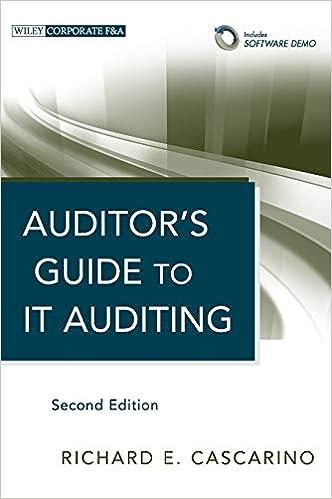Answered step by step
Verified Expert Solution
Question
1 Approved Answer
1. The Clark Company owns a warehouse worth $400,000. Ray Van-Eperen is the risk manager. The Clark Company faces the risk of fire which would


Step by Step Solution
There are 3 Steps involved in it
Step: 1

Get Instant Access to Expert-Tailored Solutions
See step-by-step solutions with expert insights and AI powered tools for academic success
Step: 2

Step: 3

Ace Your Homework with AI
Get the answers you need in no time with our AI-driven, step-by-step assistance
Get Started


